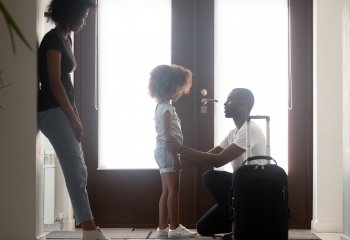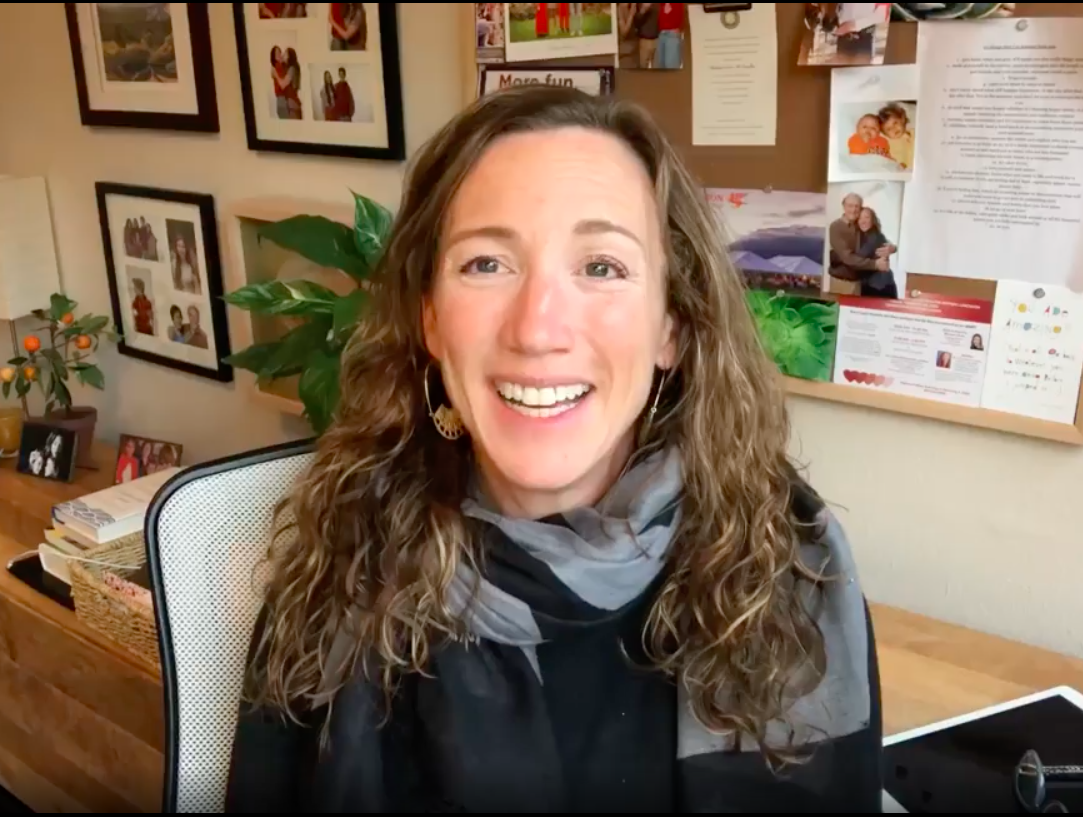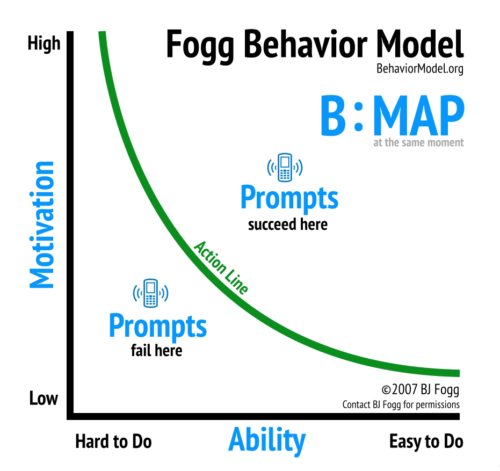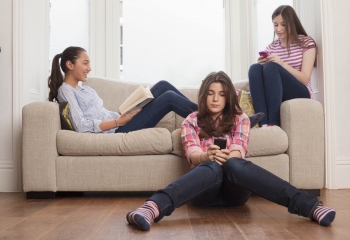Dear Christine,
I’m a divorced dad who remarried, with a son and a stepdaughter. When shelter-in-place hit and school was canceled, everything changed.
We all started working at home—or not working at all. Though we have successfully established a new custody schedule so that there is less back-and-forth between houses, we still have a lot of conflicts. We don’t agree about whether it’s okay to go outside, who can enter the other parents’ homes, or how the new schedule might affect child-support payments, among other things.
I’m concerned about routines and schooling and the emotional atmosphere in the other households. My stepdaughter’s parents don’t care much about school and are treating the closure like a vacation. My ex-wife is very anxious and never hesitates to express fear in front of my son, which I don’t think is very good for him.
How can we negotiate these differences? Can we all get on the same page, or is that just impossible?
Divorced & Confused
Dear Divorced & Confused,
In practice, this is absurdly difficult. Oh, how I hear you. Blended families like yours and mine—where kids go between households—can’t follow the mandate to shelter in a single place of residence. So, the safest thing to do is to operate as a single household with our children’s other homes.
Take the case of my neighbor, a single mother. She lives with her boyfriend half-time, and with her daughter half-time. Her boyfriend also has kids, who spend time at his ex-wife’s house as well as his. His ex-wife remarried, and she has three stepkids, who live part-time in yet another household. Unfortunately, anyone who has been exposed to the coronavirus in any of these households risks infecting everyone else.
Their situation—and yours, Divorced & Confused—is already complex, but made worse by the emotionally fraught relationships many divorced parents have with their exes and their new partners. You don’t agree on some key issues; how can you possibly operate as a unified family unit?
It’s hard, but we must find a way to do this hard thing. What we do here is a life-or-death issue, literally. It’s not a question of whether or not you should find a way to negotiate your differences, Divorced & Confused. You must, for the safety of all.
I can’t address your individual issues, but I can share some ideas for making shared custody possible during a global emergency.
1. Bring acceptance to this enormously tricky, emotionally complicated situation.
Conversations with ex-spouses are often difficult, especially when there is so much at stake. When we reduce conflict, we make things better for our kids, and we increase the odds that we’ll all miraculously arrive on “the same page.”
A lot of interpersonal conflicts come from resistance. One way we resist is by blaming, judging, and criticizing others. In this case, Divorced & Confused, it might be tempting to criticize your children’s other parents. Which will probably make them defensive and angry and, in turn, make them more resistant to your requests or helpful suggestions. So, scratch “well-intentioned critique” off the list of useful strategies.
We also often resist difficulty by denying and avoiding. Instead of raising our concerns with our ex-spouses and their new partners, we might suppress our worries and naively hope for the best. But there’s no time for avoidance in a health crisis like this one.
Criticizing and avoiding are tactics of resistance, and they won’t protect our families or communities from the dangers of COVID-19. Weirdly, the opposite of resistance—acceptance—will help us negotiate our differences.
We can reduce conflict with our children’s other parents by accepting them—and also by accepting the way they are responding to this crisis. We don’t have to like how they are responding. Nor do we have to resign ourselves to others’ future risky behavior. Acceptance is about meeting life where it is right now and moving forward from there. It allows us to see the reality of the situation in the present moment.
For example, the next time you interact with your ex-wife, you could say silently to yourself: “I accept that she is anxious and scared. And I accept that her emotions and actions are making all of us more anxious right now, too. That is the reality I’m working with.” When we accept a person (and their emotions), we let go of the resistance that creates stress and tension between us. Letting go allows us to soften, which opens the door to our compassion and our wisdom.
2. Keep your side of the street clean.
It’s always hard when other people don’t do what we want them to do. But right now, when so much feels dangerously out of control, it’s ridiculously hard.
The truth, though, is that we can never really control other people. “Control is an illusion,” a wise friend once wrote in an email. “Our only choice in each moment is: How much grace and beauty can we show up with? How well can we love?”
So. All we can control is how we show up in each moment, in each situation, in each conversation. When we feel angry or afraid, we’ll need to bring attention to our breath. We’ll need to resist speaking (or writing) until we can bring a little grace to the situation. Sometimes soothing ourselves is the only productive thing we can do in a given moment.
I hear you that you want your stepdaughter’s parents to take school seriously and that you are concerned about routines and exposure to your ex-wife’s anxiety. The most useful thing you can do in this situation is to be the best parent that you can be. Establish a solid structure for routines in your household. Talk to your stepdaughter about why education is important to you. Ask your son how he’s feeling and how he’s handling the big emotions of the adults around him.
Stay engaged and loving, even when your kids are with their other parents.
3. Have a little mercy on others and yourself.
Anne Lamott defines mercy as radical kindness bolstered by forgiveness. Mercy fundamentally changes how we communicate, even when we are interacting with someone mired in anger or fear or jealousy. You probably won’t be able to get rid of your negative thoughts about them, and you won’t be able to change them, but you can make an effort to be a loving person. Can you hold space for their suffering? Can you send a loving-kindness meditation their way?
Having mercy means that when others get short or nasty with us, we can be kind in return. We can recognize that they are feeling a lot of challenging emotions right now.
Forgiveness takes basic kindness to a whole new level. (And what we need right now is a whole new level.) I used to think I couldn’t forgive someone who’d hurt me or my children until they’d asked for forgiveness.
But to negotiate our differences in a crisis, we must forgive whether or not we’re asked for forgiveness, and whether or not the person is still acting in hurtful ways. We might need to forgive others at the end of every day—or, on bad days, every hour. Forgiveness is an ongoing practice, not a one-time deal.
We also need to have mercy on ourselves right now. If you get short or nasty with others, be kind to yourself. You’re feeling a lot of challenging emotions right now. You’re doing the best that you can. So are your co-parents. We’re all doing the best we can.
Yours,
Christine






